According to the Hue Monuments Conservation Center, the Nguyen Dynasty throne (or royal throne) currently located at Thai Hoa Palace is the only throne still preserved intact of the last feudal dynasty in Vietnamese history.
This is a unique artifact, crafted under King Gia Long (1802-1819) and used throughout the Nguyen Dynasty with a total of 13 kings, lasting 143 years.

The Nguyen Dynasty throne is located in the center of Thai Hoa Palace. (Photo: Vietnam Heritage Department)
The throne is 101cm high, 72cm wide, 87cm long; the base is 118cm long, 90cm wide, 20cm high. All are made of mahogany, lacquered and gilded. As a symbol of the dynasty's power, the Nguyen Dynasty throne is decorated with images of dragons with rich expressions, meaning to pray for luck and longevity.
Above the throne is a splendid gilded wooden canopy. The back of the throne is the highest part, consisting of a narrow rectangular wooden board about 18cm wide placed vertically, each side has two square-edged backrests. The armrests are curved, following the back of the chair to the sides to form two dragon heads. The throne surface (the part to sit on) is rectangular, measuring 87x72cm.
During the 143 years of the Nguyen Dynasty, the throne at Thai Hoa Palace was never moved from its original position. The throne was restored once under King Khai Dinh (1916-1925). When he ascended the throne, he had the canopy above the throne redone, changing from silk brocade to gilded wood with elaborate carvings. To be consistent, the king also had the throne restored.
According to the book "Hue Imperial City: Studying the Construction Process of the Nguyen Dynasty Capital" by Phan Thuan An, the king sat on the throne in the middle of Thai Hoa Palace. Inside the palace, only the four-pillar mandarins and royal relatives were allowed to see the king. The other mandarins stood in rows according to the order written on small stone plaques placed in the yard, according to the principle that civil mandarins stood on the left and military mandarins stood on the right.
Since ancient times, Hue people never dared to take a tile or brick from the royal palace for use. From the end of the Nguyen Dynasty until the period when the country was divided, no one dared to arbitrarily sit on the throne or violate anything.
After the success of the August Revolution, President Ho Chi Minh issued a decree requiring localities to preserve relics and treasures left by previous generations and not to destroy them. After historical events, the throne still did not move from Thai Hoa Palace.
In 2015, the throne was recognized as a National Treasure by the Prime Minister and is considered the rarest artifact in the Vietnamese royal heritage system.
Source: https://vtcnews.vn/bi-an-ngai-vang-duy-nhat-dung-cho-13-doi-vua-trieu-nguyen-ar945303.html



![[Photo] National Assembly Chairman Tran Thanh Man begins attending AIPA-46 activities](https://vphoto.vietnam.vn/thumb/1200x675/vietnam/resource/IMAGE/2025/9/18/73487ff8ed57412eab9211273946c14d)



![[Photo] Inside the Imperial Academy relic of Hue Citadel before the hundred billion dollar restoration](https://vphoto.vietnam.vn/thumb/1200x675/vietnam/resource/IMAGE/2025/9/18/77fd186af68341b1a8bffd072fa896a6)



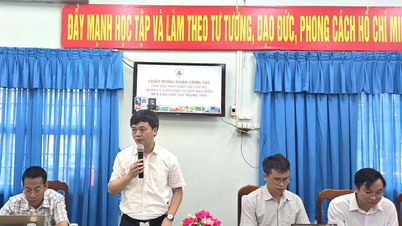
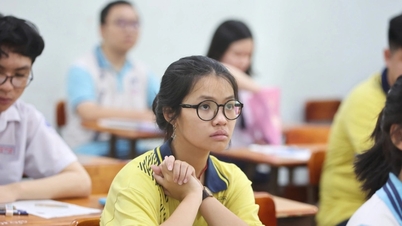









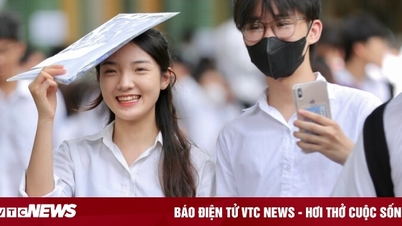









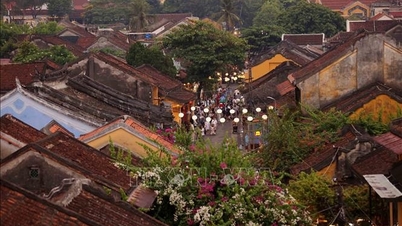
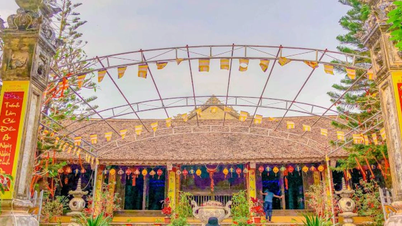





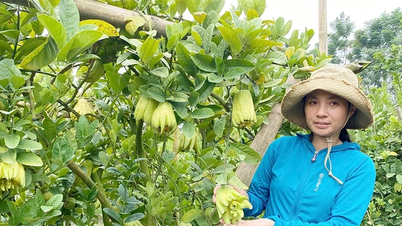



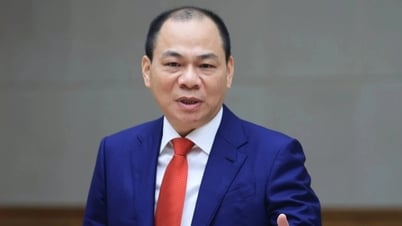

















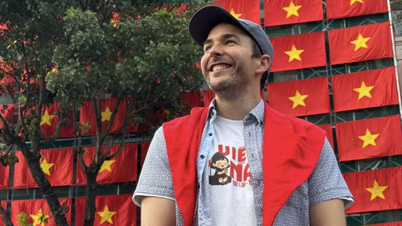




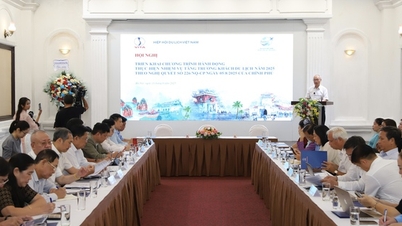




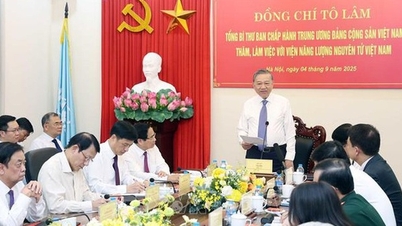










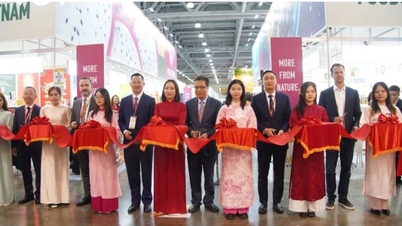











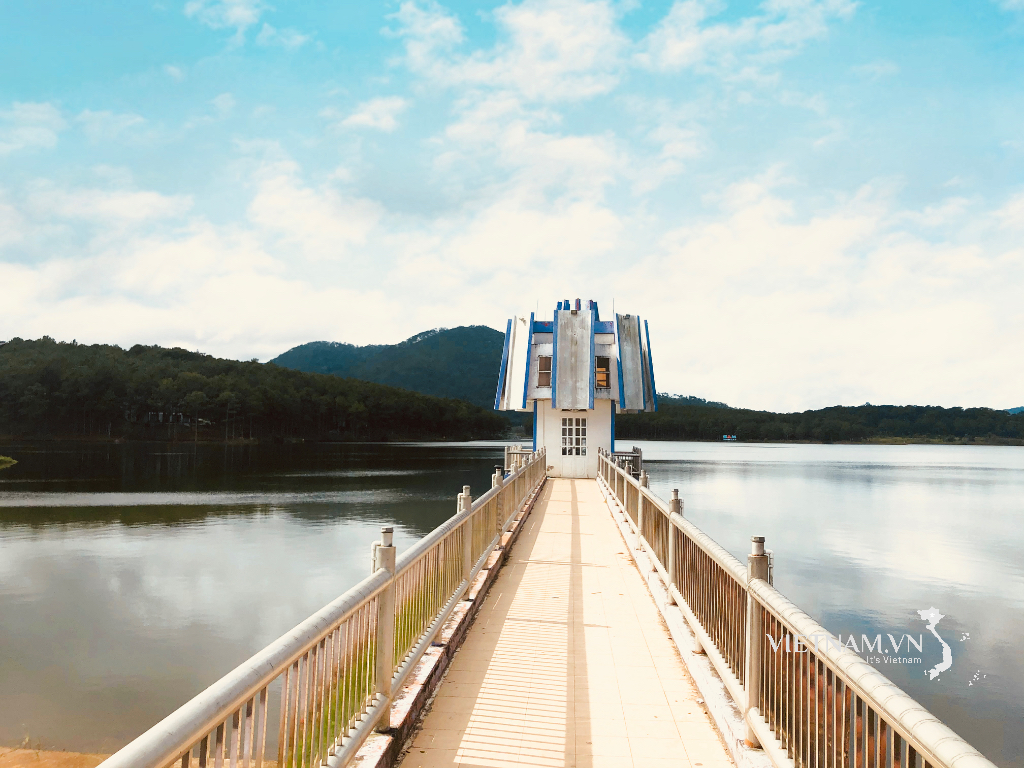

Comment (0)